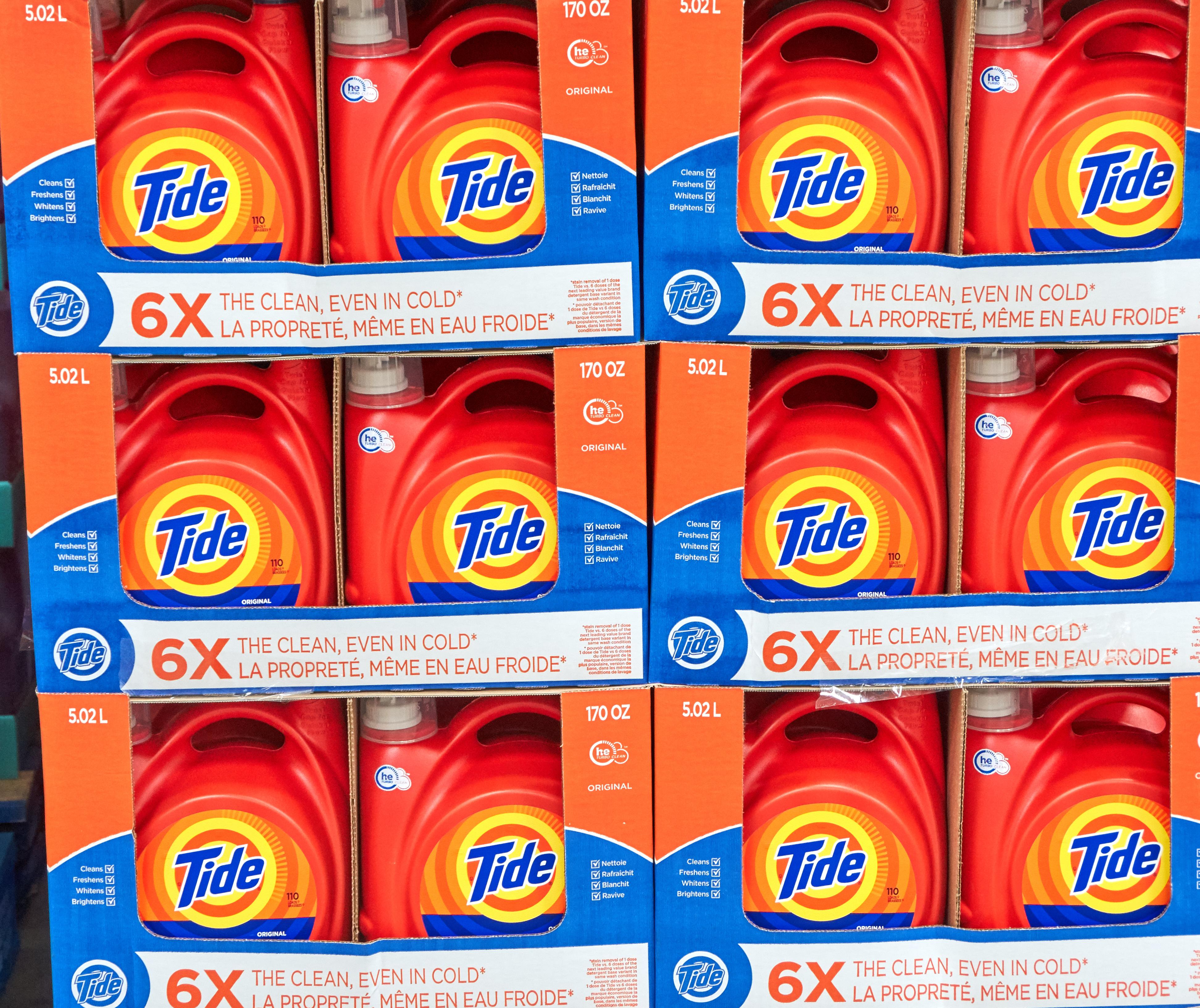Procter & Gamble Stock: What’s Fueling the Growth?
Procter & Gamble stock has generated a significant amount of wealth for investors this year. The company boosted shareholders’ returns.
Nov. 29 2019, Published 8:31 a.m. ET

So far, Procter & Gamble (PG) stock has generated a significant amount of wealth for investors this year. Besides the appreciation in the stock price, the company boosted shareholders’ returns through higher dividends and share buybacks.
Procter & Gamble’s stock performance
Procter & Gamble stock outgrew its peers and the broader markets. The stock has risen 32.5% year-to-date as of Wednesday. In comparison, Kimberly-Clark (KMB), Colgate-Palmolive (CL), and Church & Dwight (CHD) shares have risen 19.6%, 13.7%, and 6.8%, respectively. In contrast, Clorox (CLX) stock has fallen 3.4% this year.
Procter & Gamble stock is trading near to its 52-week high of $125.77. Meanwhile, the stock is trading about 40% higher than its 52-week low of 86.74.
Growth drivers
The stock has risen due to a stellar financial performance over the past several quarters. Procter & Gamble’s organic sales growth rate has accelerated. The company’s organic sales rose 4% in the first half of fiscal 2019. Meanwhile, the organic sales growth accelerated to 5% in the third quarter. The underlying sales growth accelerated more in the fourth quarter. Procter & Gamble’s organic sales rose 7% in the fourth quarter.
The company sustained the momentum and reported 7% growth in its organic sales in the first quarter of fiscal 2020.
Procter & Gamble’s premium innovation, higher pricing, and stellar performance in two of its biggest markets (the US and China) drove the organic sales growth.
Besides robust sales, the company had an impressive margin performance. During the last quarter, Procter & Gamble’s core gross and operating margin expanded by 190 basis points and 260 basis points, respectively.
Moderation in commodity costs, higher net price realization, and healthy productivity savings drove the company’s margins and earnings.
Higher sales and margins helped Procter & Gamble beat analysts’ EPS estimates in the last 18 consecutive quarters. Share buybacks also cushioned the company’s bottom line. On average, Procter & Gamble has outpaced analysts’ adjusted EPS estimates by 5% in the last 18 quarters.
Peers lag Procter & Gamble
While most of the company’s peers also had impressive improvements in their underlying businesses, they still lag Procter & Gamble on growth. The company’s organic sales and earnings growth rates are higher than most of its peers including Kimberly-Clark, Colgate-Palmolive, and Church & Dwight.
Procter & Gamble’s growth is broad-based. The stellar increase in the company’s underlying sales reflects balanced growth in its volumes and pricing. Kimberly-Clark’s higher pricing supports organic sales growth. However, the company struggles on the volume front.
Colgate-Palmolive’s unit volumes and pricing improved during the last reported quarter. However, lower margins and weak earnings were disappointing.
Church & Dwight’s volumes remained weak during the last reported quarter. The moderating growth rate restricts the upside in the company’s stock.
Shareholders’ increased returns
Procter & Gamble continues to increase shareholders’ returns through share repurchases and dividend hikes. Notably, the company repurchased $5.0 billion worth of shares in fiscal 2019. Procter & Gamble repurchased $7.0 billion worth of shares in fiscal 2018.
Besides share buybacks, the company paid a total dividend of $7.5 billion in fiscal 2019. Procter & Gamble paid $7.3 billion in dividends in fiscal 2018.
The company has hiked its dividends for 63 consecutive years. In April, Procter & Gamble raised its quarterly dividend 4% to $0.7459.
In fiscal 2020, Procter & Gamble plans to repurchase shares worth $6 billion–$8 billion.
Will higher guidance help?
Procter & Gamble started fiscal 2020 with a bang. The company sustained its growth momentum and posted stellar financials. Procter & Gamble’s revenues rose 7% in the first quarter, which reflected a 7% increase in organic sales. Meanwhile, the company’s earnings rose 22% YoY.
The robust first-quarter performance led management to raise the fiscal sales and earnings outlook, which we think could support its stock. Procter & Gamble expects net and organic sales to rise 3%–5% in fiscal 2020. Previously, the company’s growth forecast was 3%–4%.
Procter & Gamble’s core or adjusted EPS will likely increase 5%–10%. Previously, the EPS growth forecast was 4%–9%.
Analysts have a target price of $127.60 on Procter & Gamble stock, which implies an upside of 4.6% based on its closing price of $121.76 on Wednesday.
We think that favorable sector trends, moderating input costs, and premium innovation will likely drive the company’s sales and earnings as well as its stock. However, the company’s valuation seems a bit high considering the recent uptrend in the stock.
We think that a pullback could be an opportunity to go long on Procter & Gamble stock.
